
Thomas Drummond: All-weather adventurer
Inspired by a lifelong passion for plants, this Scottish-born explorer trekked for thousands of miles across North America, braving the elements.
10 Jul 2023
Inspired by a lifelong passion for plants, this Scottish-born explorer trekked for thousands of miles across North America, braving the elements.
10 Jul 2023
Historian Jo Woolf, writer in Residence for the Royal Scottish Geographical Society, tells the story of Thomas Drummond - a Scottish-born explorer who trekked for thousands of miles across North America, braving bears, food shortages and severe winter weather.
At 100 Princes Street we will pay homage to Edinburgh's rich history and take inspiration from the explorers who put 100 Princes Street on the map. In design, our teams will look to create a 'sense of place', working with local artisans to create bespoke pieces and feature a mural honouring the adventures of several great Scottish explorers by Croxford & Saunders. Read more about this rich history below.
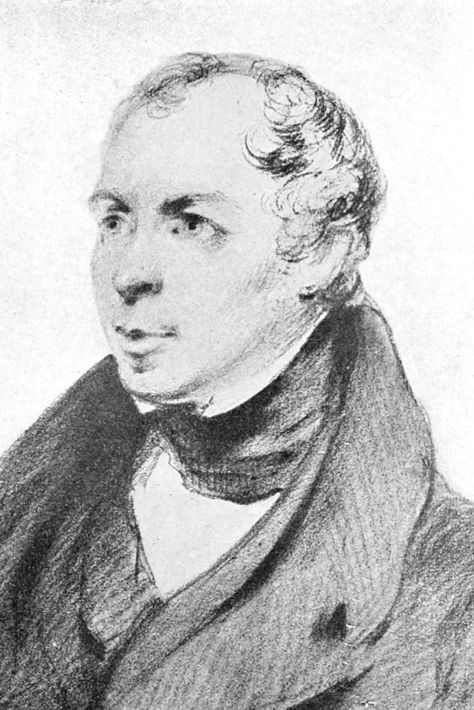
Thomas Drummond Portrait
In early April 1826, Thomas Drummond was trekking on foot through the forests of modern-day Alberta, Canada. He had spent the winter camping amid deep snow, cutting brushwood from spruce trees to make a shelter. Now, with snowshoes strapped to his feet, he was following a trail blazed by fur-trappers and pioneers through the vast, largely uninhabited wilderness.
It was wild, hostile country for a botanist travelling alone, but for the last few days Drummond had been joined by a party of fur-traders who had come over one of the passes through the Rocky Mountains. As they made their way towards the trading post of Jasper House, they feasted on fish that they caught in one of the lakes. Perhaps Drummond relaxed his guard a little as he pushed on ahead of the group, searching for an unusual species of moss. Intensely preoccupied, he sensed no danger until a sudden movement made him turn around. Rearing up angrily on her hind legs, her cubs not far behind, was a grizzly bear.
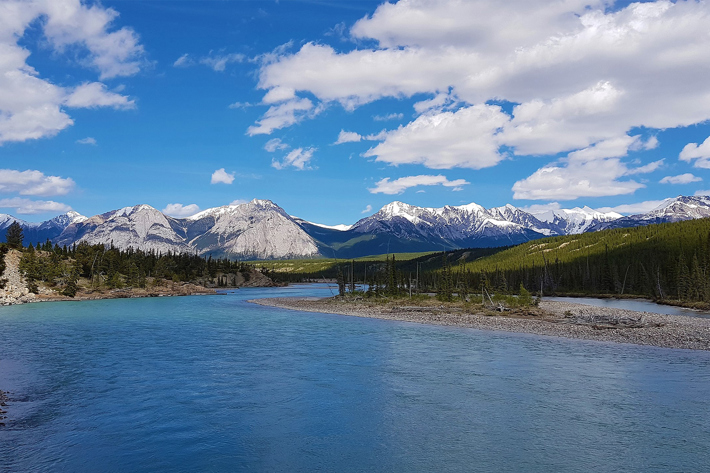
North Saskatchewan River and Rocky Mountains
Thomas's father, also called Thomas Drummond, was a gardener on the Fothringham estate at Inverarity, Angus. The young Thomas was likely born in March or April 1793 (the exact date is unknown). Horticulture was very much a family passion: his older brother, James, helped to lay out the Botanic Gardens for the Royal Cork Institution in Ireland, and became its curator. At the age of 21, Thomas's first opportunity came when he took over the management of Dove (or Doo) Hillock Nursery, just north of Forfar, on the death of its creator, George Don.
During Thomas's ten years at Doo Hillock, his family life and his career both began to flourish. He married Isabella Mungo in 1820 and together they had three children; meanwhile he pursued an active interest in mosses, producing a two-volume botanical collection entitled Musci scotici ('The Mosses of Scotland'). This highly-acclaimed work was noticed by the eminent botanist William Jackson Hooker, who incorporated some of Drummond's research into his own Flora Scotica, or a Description of Scottish Plants (1821). More importantly, Hooker changed the course of Drummond's life when he secured him a post as assistant naturalist on Captain (later Sir) John Franklin's second expedition to the Arctic, which set sail in 1825.
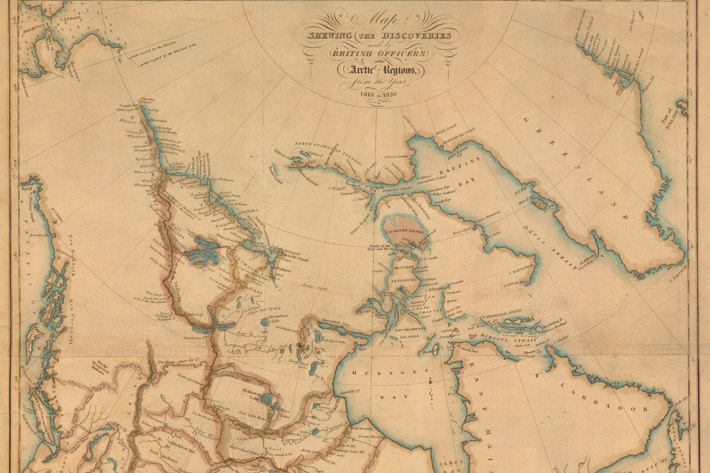
Map showing extent of British Arctic Exploration from 1818 to 1826 (pub. John Murray)
In the early 1800s, much of the coastline of present-day Alaska and Arctic Canada remained uncharted. The mission of Franklin's daring voyage was to explore the vast, ice-choked region between the outflows of the Coppermine and Mackenzie Rivers in the east and the Bering Strait in the west. Franklin was continuing Britain's long-standing quest for the Northwest Passage, an ice-free, navigable route which was reputed to connect the Atlantic and Pacific Oceans across the top of the North American continent.
Arriving in New York in March 1825, Franklin and his men journeyed overland via New York State and the Great Lakes to the Saskatchewan River, meeting up with a party carrying canoes that had arrived via Hudson's Bay. Using depots of supplies left at strategic points by the Hudson's Bay Company, they intended to paddle down the rivers like the traditional voyageurs who carried furs and other goods along the waterways, portaging their boats where necessary, until they reached the coast.

Shooting the Rapids painting depicting voyageurs, by Frances Anne Hopkins (1879)
But Drummond was not going to take part in that venture. His orders were different: in July he separated from the main expedition party at Cumberland House, a trading post on the Saskatchewan River, and headed west, with orders to collect plant specimens in the Rocky Mountains. It was dangerous country, and for security he travelled with a band of traders who knew the terrain and were experienced in navigating its swamps and forests on foot and by boat. Along his route, the other trading posts of Carlton House and Edmonton House were many hundreds of miles apart, and progress was necessarily slow, but this allowed Drummond plenty of opportunities for plant collecting.
In his report, he wrote: 'When the boats stopped to breakfast, I immediately went on shore with my vasculum, proceeding along the banks of the river, and making short excursions into the interior, taking care, however, to join the boats, if possible, at their encampment for the night. After supper, I commenced laying down the plants gathered in the day's excursion, changed and dried the papers of those collected previously; which operation generally occupied me until daybreak, when the boats started. I then went on board and slept till the breakfast hour, when I landed and proceeded as before.'
It was October before Drummond reached the Rocky Mountains. As he stood on a rock overlooking Jasper Lake, he marvelled at the sight of the distant peaks. Beneath his feet, he found the lovely flowers of Dryas tenella, pure white with a cluster of golden stamens, and in the forests he examined unusual varieties of mosses and lichens.
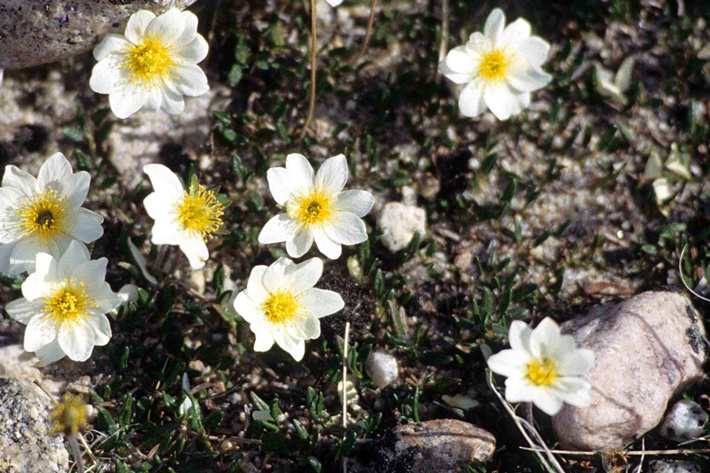
Dryas octopetala var. integrifolia (known to Drummond as Dryas tenella)
However, he now had a pressing decision to make. Winter was setting in, with heavy falls of snow; to lighten his load, he had left most of his specimens and his tent at Edmonton, and he now carried very few provisions. The traders intended to cross the mountains and head for the Columbia River, but it was going to be an extremely arduous journey and Drummond chose instead to remain on the eastern side of the mountains. To survive the winter, he would have to construct wooden shelters and rely on his own hunting abilities - or those of the people he met - to obtain food.
Before they left, the fur traders appointed a local hunter as Drummond's guide, and they also found him some horses. Drummond and his new companion found a wide, flat plain beside the Baptiste River, well-suited to camping, and it was here that Drummond cut branches to make himself a shelter. Because of the severity of the weather, game was scarce and the huntsman travelled far and wide in search of food; the men survived on mountain sheep and other mammals, as well as some limited food rations that Drummond had brought with him.
It is difficult to know how Drummond survived the months of bitter cold and the scarcity of food, let alone the prolonged isolation in such a bleak environment. At first he was philosophical, writing: 'I had such agreeable anticipations as to the result of my next summer's occupations, that I scarcely felt the solitariness of my situation.' However, as the winter progressed, he grew more frustrated: 'I found the time hang very heavy, as I had no books, and nothing could be done in the way of collecting specimens of Natural History. I took, however, a walk every day in the woods to give me some practice in the use of snow shoes.'
Drummond certainly needed that practice, because in the early spring, with snow still on the ground, he trekked in snow shoes for some 200 miles to the trading post of Jasper House. He stayed in that region for a couple of months, and then met up with the party of traders on their way back from the Columbia River. It was then, just after they had crossed the Assiniboine River, that he came far too close to a grizzly bear. According to his report, Drummond's first reaction was purely scientific: 'My astonishment was great, for I had not calculated upon seeing these animals so early in the season…'. However, his survival instinct kicked in, and he reached for his gun. Alarm turned into horror when the gun wouldn't fire: the powder was damp. Luckily, when the traders and their dogs arrived on the scene, the bear turned and fled, taking her cubs with her.
As a result of that death-defying encounter, Drummond developed a new precaution which he found to be very effective. He explained that '…the best mode of getting rid of the bears when attacked by them, was to rattle my vasculum, or specimen box, when they immediately decamp.' Such was his intense botanical focus, that even the worst dangers of the wilderness barely seemed to register on his radar. However, it is interesting to wonder what might have happened to any bear that got between Drummond and a precious new species of moss.
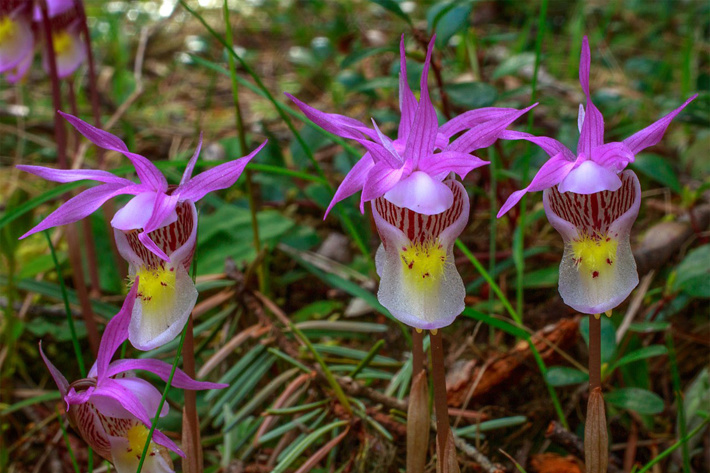
An orchid species, Calypso bulbosa (known to Drummond as Calypso borealis). He wrote: 'The beautiful Calypso borealis ornamented the pine woods.'
With the spring came the meltwater from the winter snows, and Drummond often found himself marooned on the wrong side of a rapidly-rising river. The warm weather also brought out hordes of mosquitoes. But Drummond was determined to cross the Rocky Mountains, and this he achieved in the company of the fur traders who were once again heading for the Columbia River. High in the snowy pass, he drank from a small lake called the Committee's Punch Bowl, whose waters drain into both the Arctic and Pacific Oceans. Drummond was delighted to gather new species of Ranunculus, Caltha, Trollius and Potentilla, among many other plants.
In October, having spent many weeks botanising around the Columbia River, Drummond began to think about re-crossing the Rocky Mountains and following the rivers back to the trading posts. It was another exhausting journey. Drummond and a new companion, an HBC officer named Finnan McDonald, had to haul their heavy boats, now loaded with plant specimens, along stretches of icy rivers. Drummond wrote: 'Mr McDonald's legs were much cut and bruised with the floating ice, and I, who kept on my stockings to avoid this misfortune, suffered on the other hand with frost, which rendered my wet clothes a most painful encumbrance.' Both men arrived at Edmonton House around the middle of December and Drummond spent next three months in relative comfort, examining and cataloguing his collections.
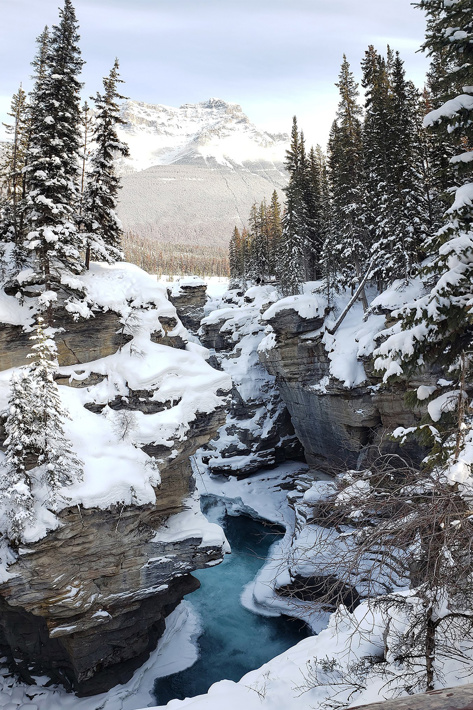
Athabasca Falls, Jasper, in winter
Re-joining the other members of Franklin's expedition proved more challenging than Drummond had expected. With snow still thick on the ground, he suffered snow-blindness as he made his way from Edmonton to Carlton House in March 1827. When he arrived, he had run out of food and was on the brink of starvation. After a good meal and a night's rest, however, the indomitable Drummond declared himself to be 'almost fit for another journey.'
Drummond's courage and dedication had yielded an extraordinary collection of plants and other natural history specimens, many of which were new to science. In his official account, Sir John Franklin paid tribute to his 'perseverance and industry.' The main body of Franklin's expedition had successfully charted about 1,200 miles of coastline, although the puzzle of the Northwest Passage remained unsolved until it was navigated by the explorer Roald Amundsen between 1903 and 1906.
In 1828, Drummond was appointed Curator of Belfast's Botanic Gardens. He was elected an Associate of the Linnean Society, and he used some of his specimens from North America to compile a two-volume collection of American mosses. In 1831 he departed on a plant-hunting expedition to the southern states of America. Four years later, his long-standing friend and colleague, William Jackson Hooker, was shocked to hear that Drummond had died in Cuba, of an unknown illness. Hooker wrote that Drummond 'had accomplished enough, by his zeal and researches, to secure himself a lasting name throughout the botanical world.' Drummond is remembered in the names of several plants, including Potentilla drummondia (Drummond's cinquefoil) which grows in the Rocky Mountains.
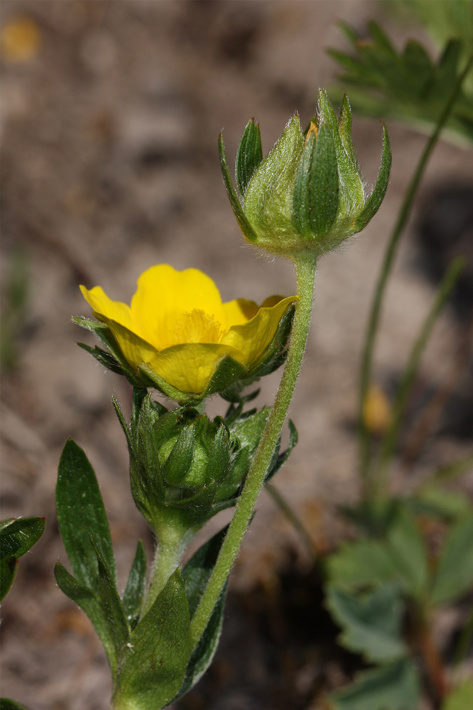
Potentilla drummondii (Drummond's cinquefoil)
Refrerences
Thomas Drummond, Sketch of a Journey to the Rocky Mountains and to the Columbia River in North America (1830)
Sir John Franklin, Narrative of a Second Expedition to the Shores of the Polar Sea, in the years 1825, 1826, and 1827 (1828)
Samuel Wood Geiser, Naturalists of the Frontier (1937)
Letters from Drummond published in Edinburgh Journal of Science, Vol. VI (1827)
Global Plants article: Thomas Drummond.
Mark Lawley, Thomas Drummond (1793-1835), British Bryological Society
Ann Lindsay Mitchell and Syd House, David Douglas: Explorer and Botanist (1999)
Thomas Drummond's portrait from Popular Science Monthly (1909)
Directly facing the city’s famous castle, the careful and lovingly executed renovation and rebirth of 100 Princess Street is eagerly awaited.
